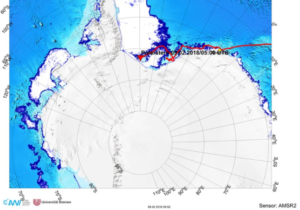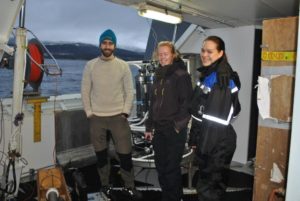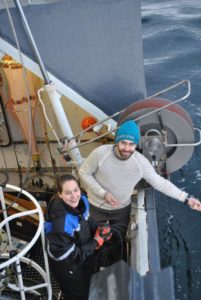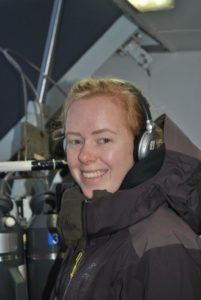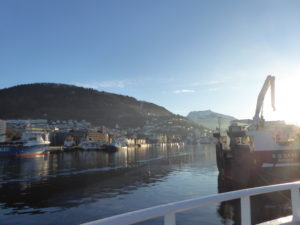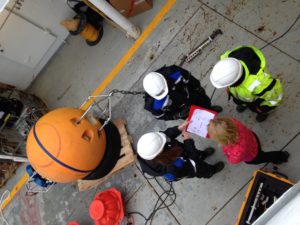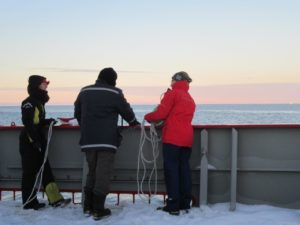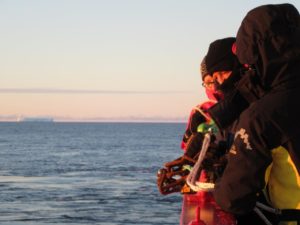Hei, remember we were in Grenoble and did exciting experiments on the 13-m-dimeter pool on a merry-go-round only last autumn? Feels like a long time ago already. But here are two ways for you to scroll back memory lane:
- Check out the new way we’ve created to access to Elin & her team’s previous adventures on our “previous adventures” page. Did you know we have posts in English, Norwegian and Swedish, addressing audiences from primary school kids, over high school pupils, to teachers, our fellow oceanographers and friends and family? Quite impressive how much Elin has written over the years, and fascinating to read, too! And also check out her ongoing adventures like the student cruise to Bjørnafjorden!
2. Read the award-winning* poem below which I just found somewhere in my files. Yes, we did feel not quiiiite well when we were working on the platform at high rotation rates, but we still loved the whole experience, every minute of it! 🙂
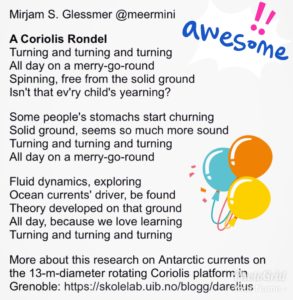
*Yes, this poem really won an award in a competition run by @IAmSciComm on Twitter back in October. And here is the awesome bag and sea horse card we won 🙂


